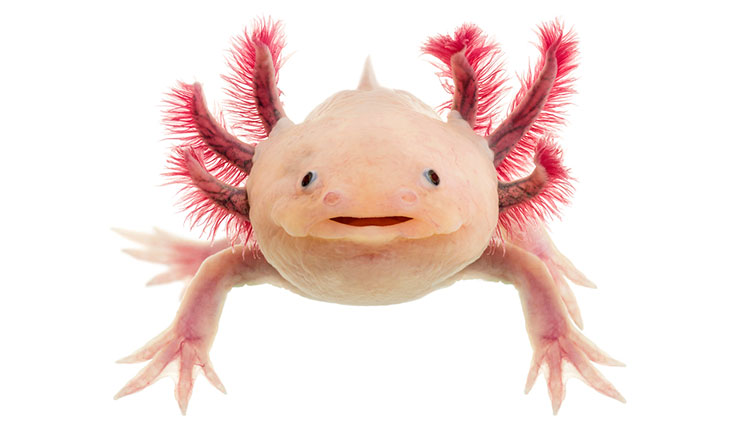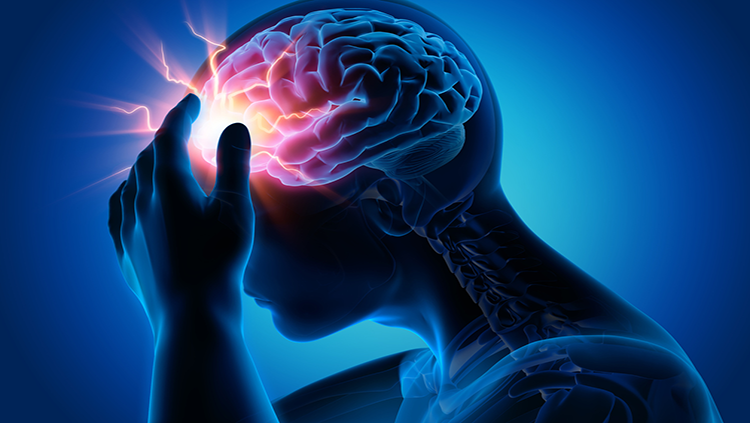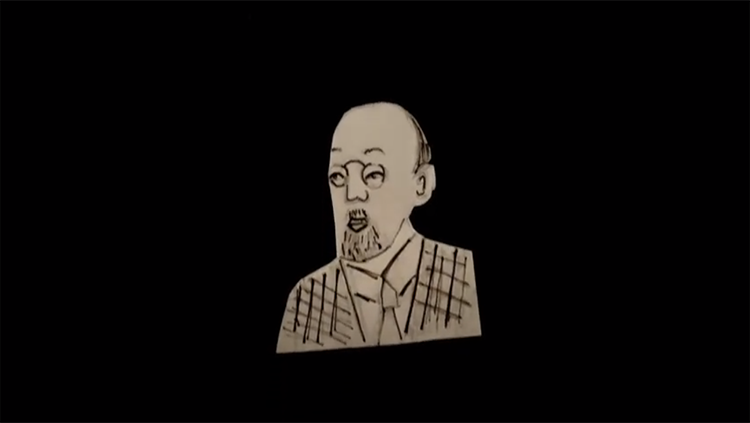The Neuroscience of Ghosts
- Published22 Sep 2017
- Reviewed22 Sep 2017
- Source BrainFacts/SfN
During the American Civil War, physician Silas Weir Mitchell coined the term "phantom limb" to describe the mysterious pain experienced by soldiers with lost or amputated limbs. Learn more about the neurological basis of phantom limb pain in this video.
This video is from the 2017 Brain Awareness Video Contest.
CONTENT PROVIDED BY
BrainFacts/SfN
Transcript
In the 19th century Silas Mitchell started to study ghosts created by the mind, but not the type of ghosts we see in stories or books, but something that is now known as phantom limbs. This history began in the American Civil War. During the war, a lot of soldiers were injured in battle. Consequently, there were many cases of soldiers who lost their limbs. The fact is that many soldiers still felt their limbs, as if their lost legs or arms were still there. But why and how? To understand that we need to learn more about plasticity – that is, the ability of the brain to change – more specifically, the plasticity of the somatossensorial cortex of the brain, this area right here. This part of the cortex has a map, a sensorial map of the body, where each area corresponds to each part of the body. The excitation of the arm region, for example, may trigger the sensation of touch in the arm.
Ok, so let’s go to the cellular level. This is a neuron from the face area of the cortex and this is a neuron from the arm area of the cortex. In the map, they are next to each other. When there is a loss of stimuli coming from the arm, the brain tries to reorganize itself and those two neurons may try to connect. That would mean that a stimuli coming from the face might be interpreted as a stimuli coming from the arm, what may originate the phantom limb. This is indeed fascinating, but what is the problem with that? Well, the problem is that many people started to feel pain in their lost limbs or they may feel as if their limbs were twisted in some painful way. So, to solve this problem, the mirror box therapy was developed. It consisted of a box opened in one side and with a mirror right in between. The person would put his or her limb in one side and would see the reflected image of his or her limb. This would allow the patient to move one hand and feel as if his lost hand was also moving. Consequently, the pain, or even the phantom limb itself, would disappear.
Thank you very much for watching, everyone. I hope you enjoyed it. If you liked it, please like the video bellow or leave a comment if you have any questions, and please share with your friends to support my work. Bye bye.
Also In Injury
Trending
Popular articles on BrainFacts.org

















